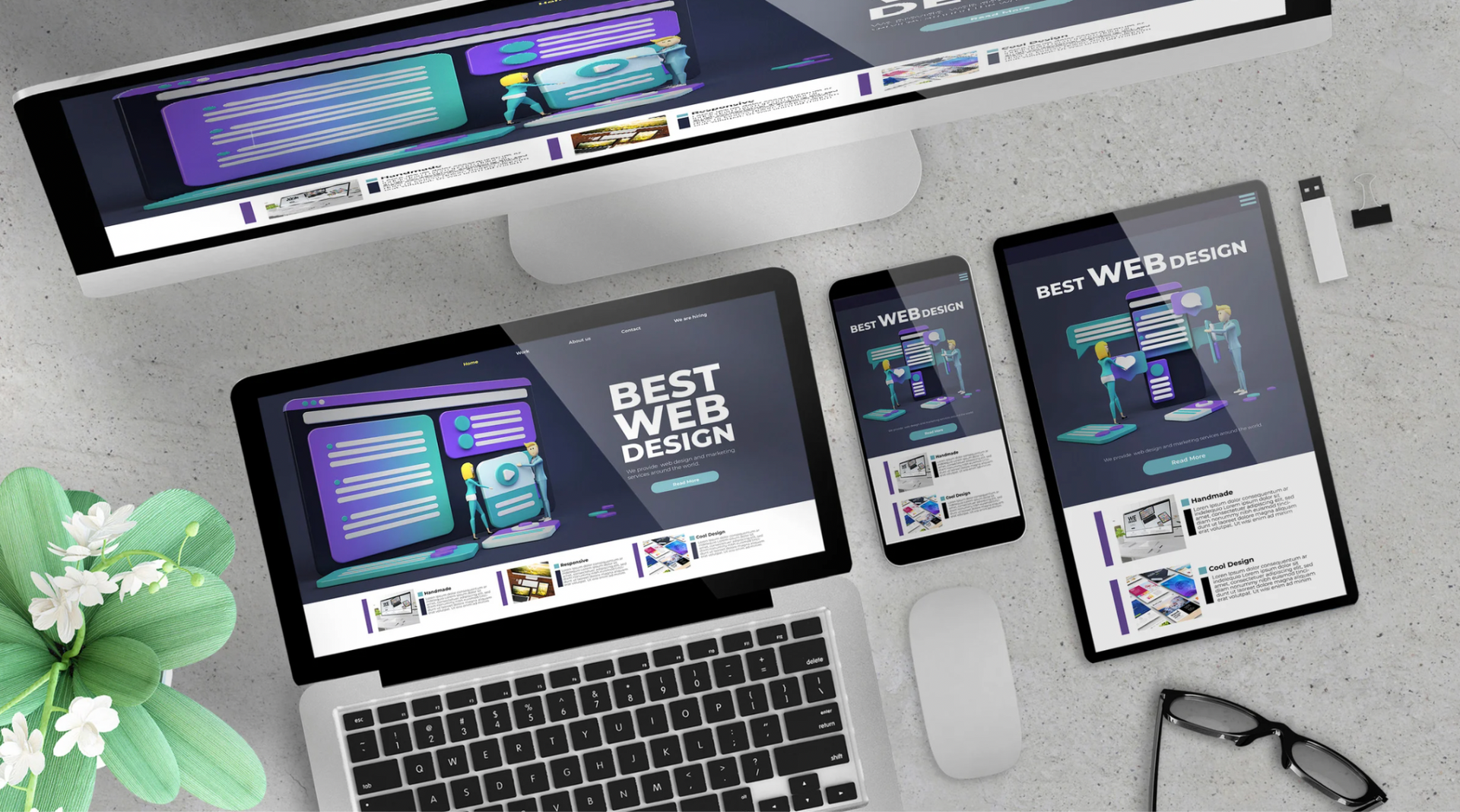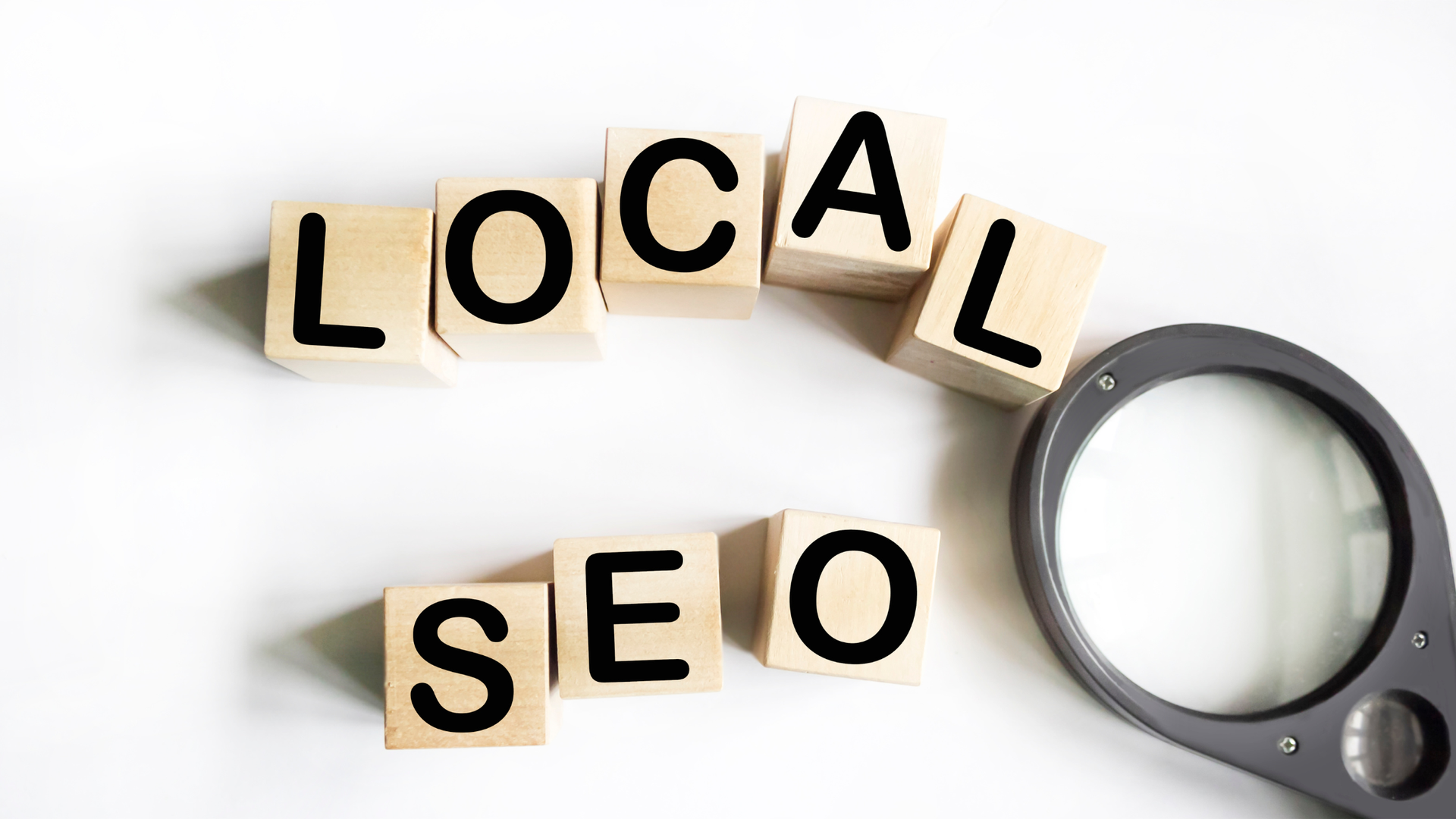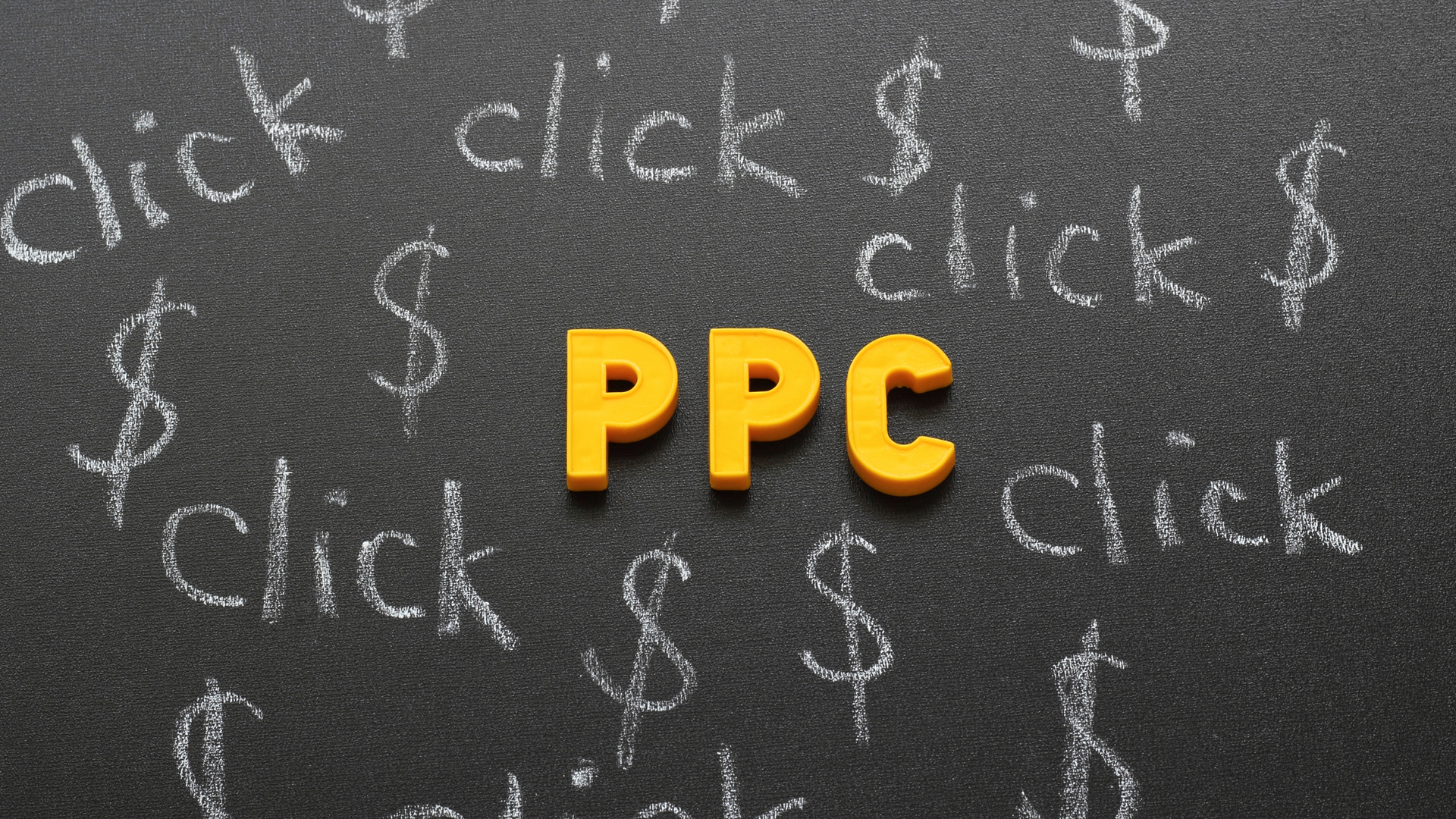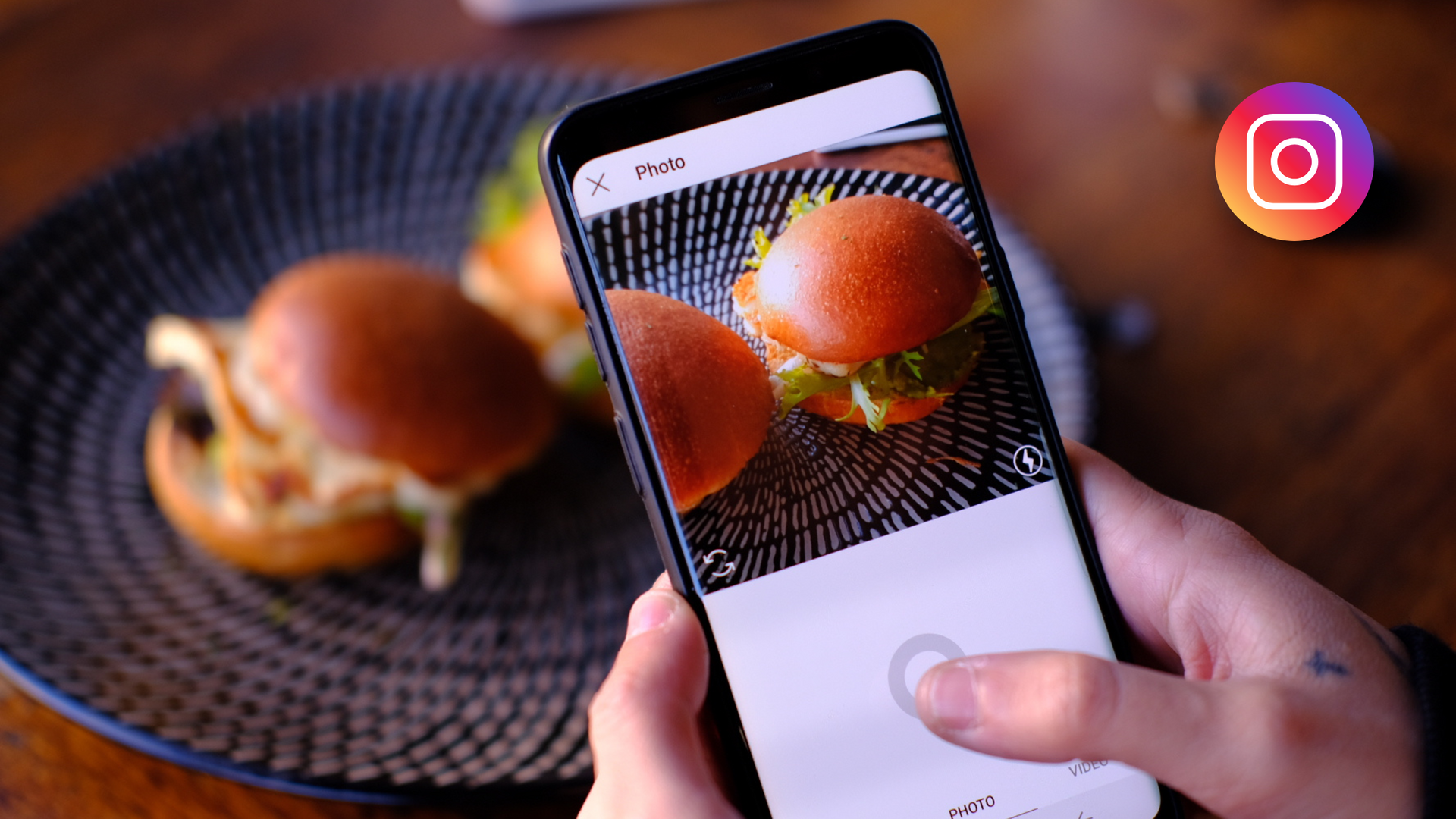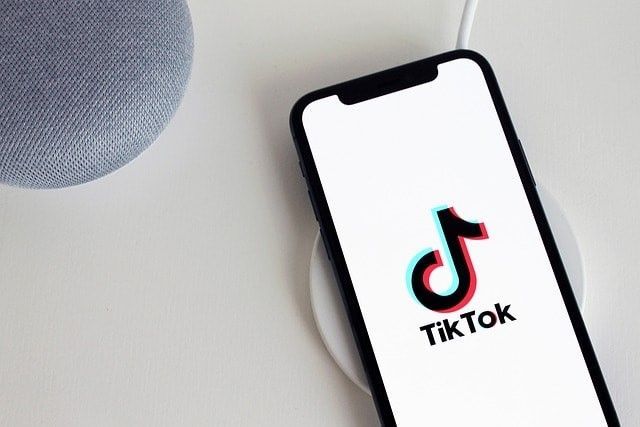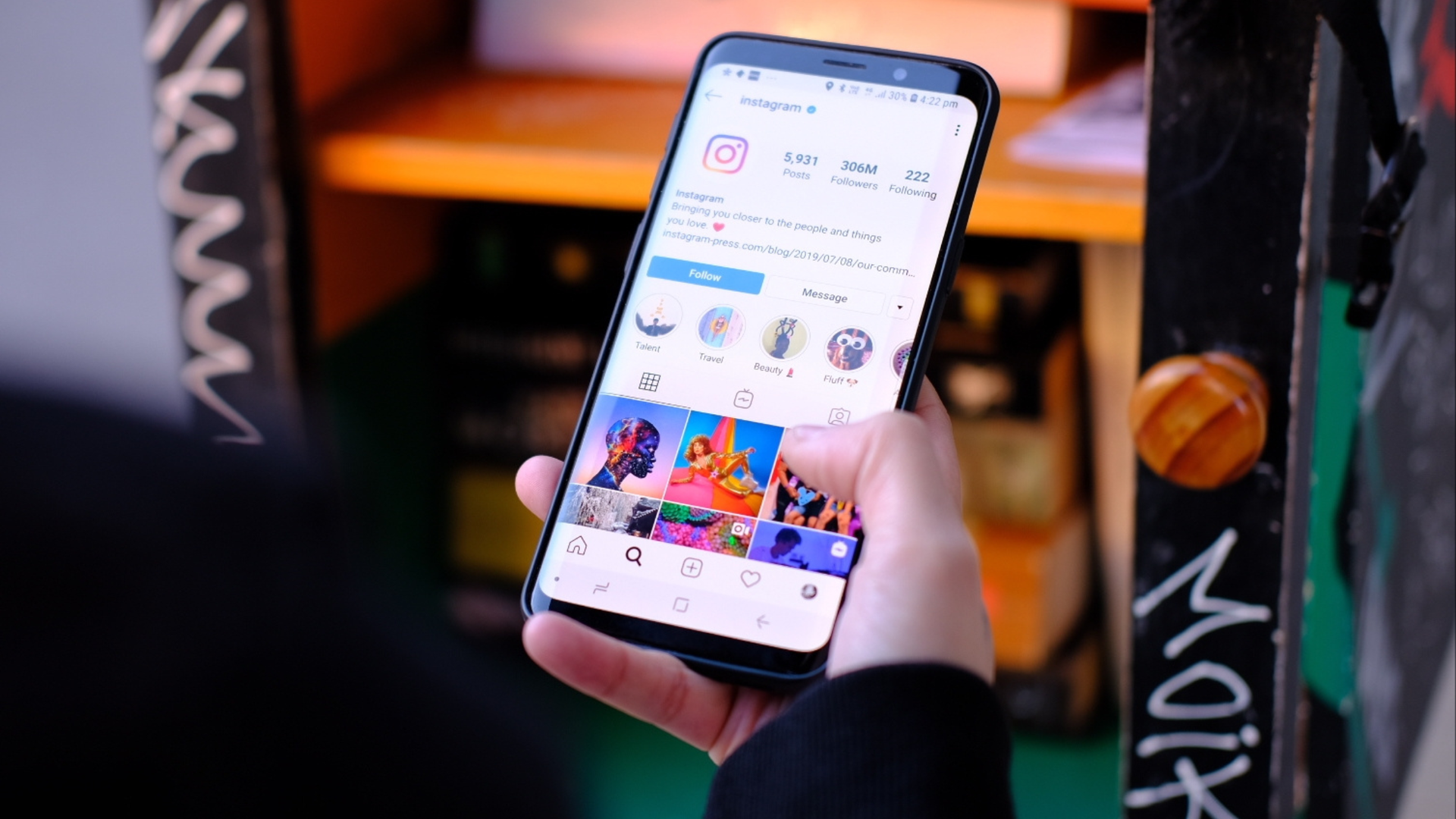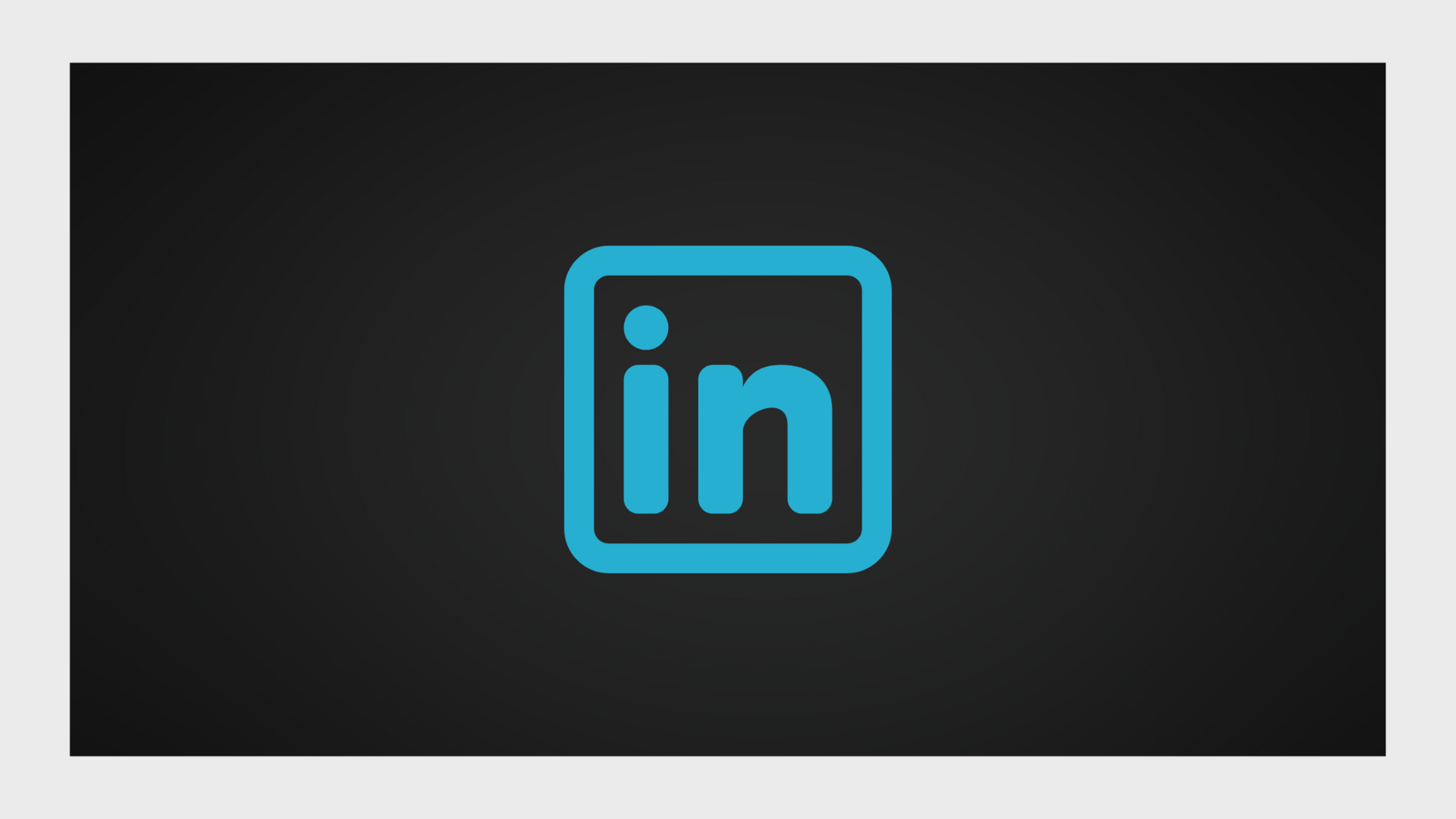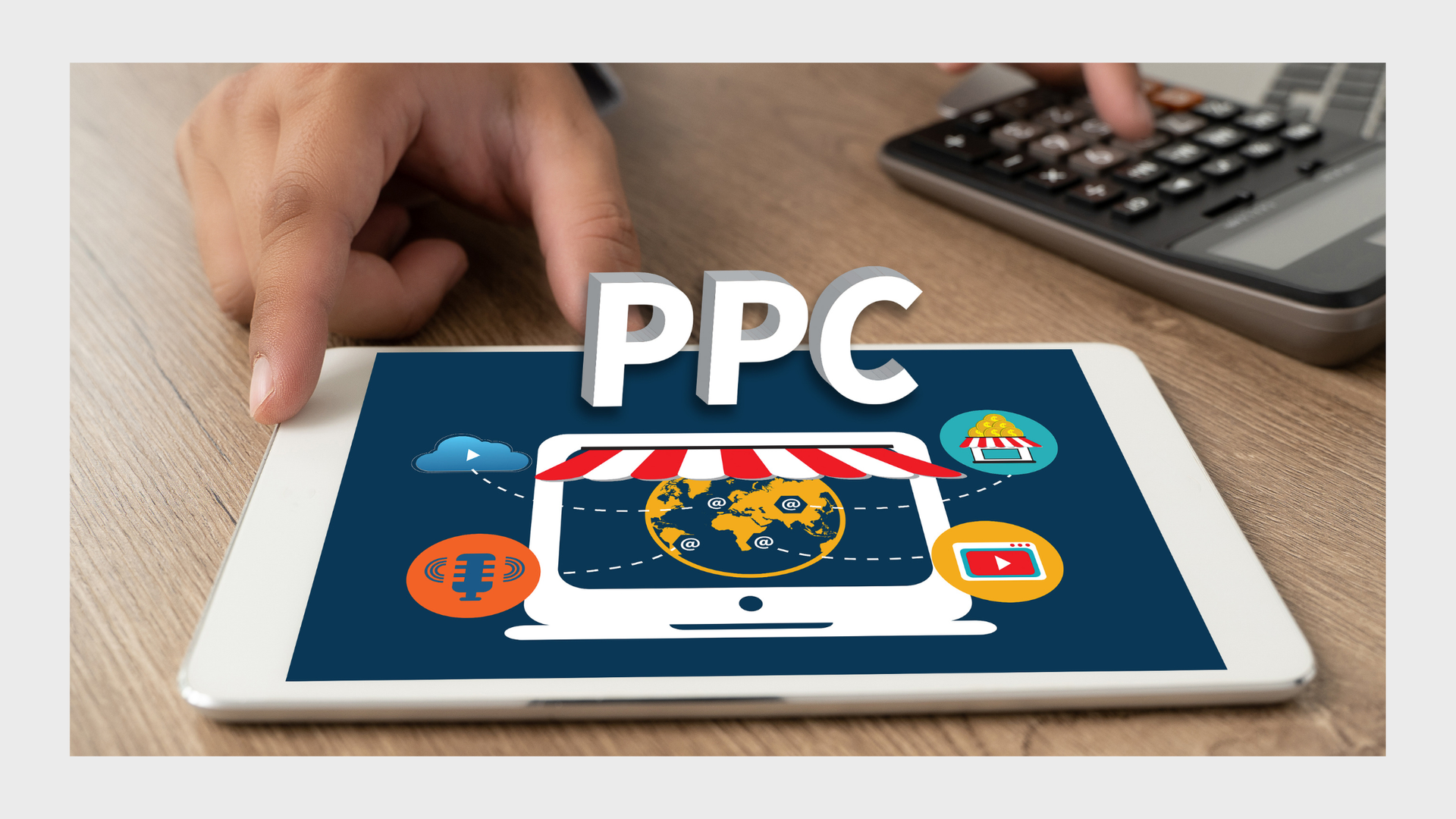5 Easy Tips for LinkedIn Marketing
As a team of social media experts at Social Media Time, we've seen firsthand how powerful LinkedIn can be for businesses. LinkedIn marketing has become an essential part of any comprehensive digital marketing strategy, and it's not hard to see why. With over 740 million users worldwide, LinkedIn offers unparalleled opportunities to connect with professionals, generate leads, and boost brand awareness.
In this blog post, we'll share our top 5 easy tips for LinkedIn marketing that will help you develop a successful LinkedIn marketing strategy. Whether you're just starting out or looking to refine your existing LinkedIn presence, these insights will help you make the most of this powerful social media platform.
1. Optimise Your LinkedIn Profile and Company Page
The first step in any successful LinkedIn marketing strategy is to ensure that your LinkedIn profile and company page are fully optimised. Your profile and page are often the first things potential clients and business partners will see, so it's crucial to make a strong first impression.
For your personal LinkedIn profile:
- Use a professional, high-quality profile picture
- Write a compelling headline that showcases your expertise
- Craft a detailed summary that highlights your skills and experience
- Include relevant keywords related to your industry and job title
- Showcase your accomplishments and relevant projects
When crafting your headline, think beyond just your job title. Use this space to highlight your unique value proposition and include relevant keywords that potential clients or employers might be searching for. For example, instead of simply writing "Marketing Manager," you could say "Digital Marketing Strategist | Helping B2B Companies Drive Growth Through Social Media."
Your summary is your chance to tell your professional story. Use this space to highlight your key achievements, skills, and what drives you in your career. Don't be afraid to inject a bit of personality here – while LinkedIn is a professional platform, showing a bit of your human side can help you connect more authentically with others.
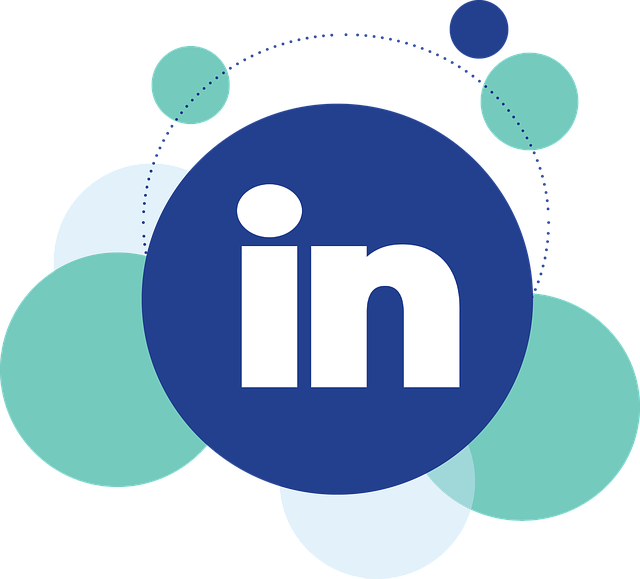
For your LinkedIn business page:
- Use your company logo as the profile picture
- Create an eye-catching banner image that represents your brand
- Write a detailed 'About' section that clearly explains what your company does
- Include relevant keywords to improve searchability
- Regularly update your page with company news and industry insights
Your LinkedIn business page is your company's face on the platform. Make sure it accurately represents your brand and provides valuable information to potential clients or partners. Use the 'About' section to clearly articulate your company's mission, values, and unique selling points.
Don't forget to take advantage of LinkedIn's features for company pages. For example, you can add a custom button to your page (such as "Visit website" or "Contact us") to drive specific actions from page visitors. You can also showcase your products or services in dedicated sections on your page.
By optimising both your personal profile and company page, you're laying the foundation for a strong LinkedIn presence. This will help you attract potential clients, establish your personal brand, and position your company as an industry leader.
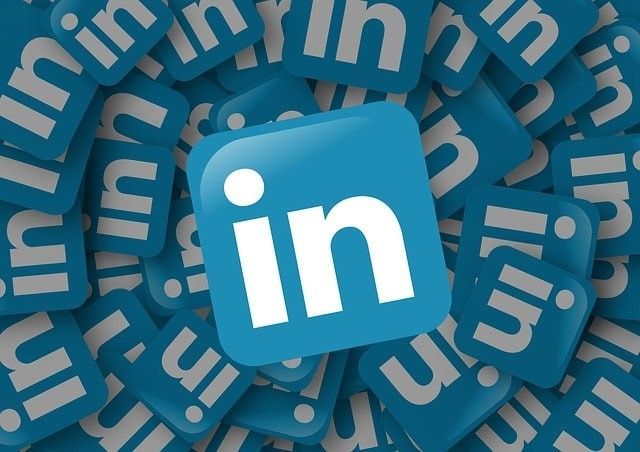
2. Create and Share Valuable Content
One of the most effective ways to engage your LinkedIn audience and boost your LinkedIn marketing efforts is by consistently creating and sharing valuable content. High-quality content not only helps establish your expertise but also keeps your connections engaged and interested in your brand.
Here are some tips for creating content that resonates with your target audience:
- Share industry insights and thought leadership pieces
- Post updates about your company's achievements and milestones
- Create how-to guides and tutorials relevant to your industry
- Share interesting statistics and infographics
- Write articles using LinkedIn's publishing platform
When creating content for LinkedIn, it's important to understand the platform's unique audience. LinkedIn users are typically looking for professional development, industry insights, and business opportunities. Your content should cater to these interests.
Thought leadership pieces are particularly effective on LinkedIn. Share your unique perspectives on industry trends, challenges, or innovations. Don't be afraid to take a stand on important issues in your field – this can help you stand out and spark meaningful discussions.
How-to guides and tutorials can be incredibly valuable to your audience. Think about the common challenges or questions in your industry and create content that addresses these. For example, if you're in the digital marketing field, you might create a guide on "How to Measure ROI on Social Media Campaigns" or "5 Essential SEO Techniques for 2024."
Visual content performs well on LinkedIn, so consider creating infographics or short video clips to accompany your posts. These can help break up text-heavy feeds and catch your audience's attention as they scroll.
When creating content, it's important to keep your target audience in mind. Consider what kind of information would be most valuable to them and tailor your content accordingly. Use relevant keywords naturally throughout your posts to improve visibility in LinkedIn searches.
Remember, the LinkedIn algorithm favours content that generates engagement, so aim to create posts that encourage likes, comments, and shares. Ask questions, invite opinions, and respond promptly to comments to keep the conversation going. For example, you might end a post with a question like, "What's been your experience with this trend? Share your thoughts in the comments!"
Consistency is key when it comes to content creation. Develop a content calendar to ensure you're posting regularly. Aim for a mix of content types – some quick tips or insights, some longer-form articles, and some visual content like infographics or videos.
Don't forget to take advantage of LinkedIn's native content features. For example, LinkedIn polls can be a great way to engage your audience and gather insights. You can also use LinkedIn Live to host real-time video events, which can be excellent for Q&A sessions, product launches, or live tutorials.
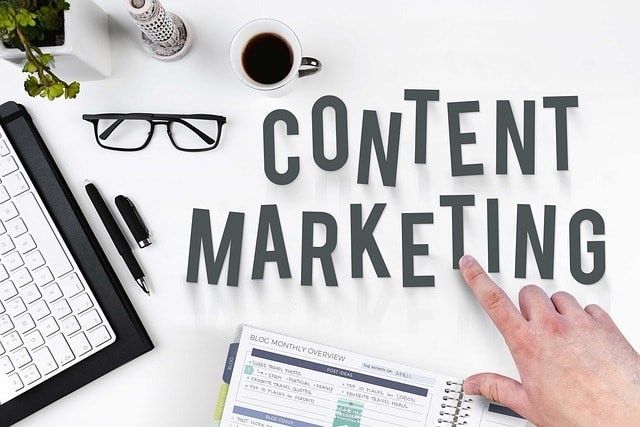
3. Leverage LinkedIn Groups
LinkedIn groups are a fantastic but often underutilised tool for LinkedIn marketing. By joining relevant LinkedIn groups, you can connect with like-minded professionals, share your expertise, and even generate leads.
Here's how to make the most of LinkedIn groups:
- Join groups that are relevant to your industry or target audience
- Participate in discussions by sharing valuable insights and answering questions
- Share your own content, but be careful not to come across as too promotional
- Use groups to research industry trends and pain points
- Connect with other group members who could be potential clients or partners
When searching for groups to join, look for active communities with engaged members. Don't just join the largest groups in your industry – sometimes smaller, more niche groups can provide more valuable connections and discussions.
Once you've joined a group, take some time to understand the group's culture and rules before you start posting. Some groups have strict guidelines about self-promotion or the types of content that can be shared.
When participating in group discussions, focus on adding value rather than promoting your business. Answer questions thoughtfully, share your experiences, and provide helpful resources. This approach will help you build credibility and trust within the group.
Groups can also be an excellent source of market research. Pay attention to the questions and challenges that group members are discussing – these can provide valuable insights into your target audience's needs and pain points. You can use these insights to inform your content strategy or product development.
In addition to joining existing groups, consider creating your own LinkedIn group. This can be an excellent way to position yourself or your company as a thought leader in your industry. By managing your own group, you can:
- Control the topics of discussion
- Showcase your expertise by moderating conversations
- Connect directly with group members who could be potential clients
- Gain valuable insights into your target audience's needs and interests
If you decide to create your own group, have a clear purpose and target audience in mind. Develop a content strategy for the group – what kind of discussions do you want to encourage? How often will you post? Will you invite guest experts to contribute?
Remember to actively manage and moderate your group. Encourage discussions, welcome new members, and ensure that the group remains a valuable resource for its members. You might consider creating weekly or monthly discussion threads on specific topics to keep engagement high.
Whether you're joining existing groups or creating your own, remember that the key to success in LinkedIn groups is to focus on providing value rather than hard selling. By consistently sharing helpful information and engaging in meaningful discussions, you'll naturally attract attention and build valuable connections.

4. Utilise LinkedIn Advertising
While organic reach on LinkedIn can be powerful, incorporating paid advertising into your LinkedIn marketing strategy can help you reach an even wider audience. LinkedIn offers several advertising options that can be tailored to meet your specific marketing goals.
Some of the most effective LinkedIn ad types include:
- Sponsored Content:
These are native ads that appear in the LinkedIn feed, allowing you to reach users even if they don't follow your page. Sponsored Content can be particularly effective for promoting your thought leadership content or driving traffic to your website.
- Sponsored InMail:
These are personalised messages sent directly to LinkedIn users' inboxes, great for targeted outreach. Sponsored InMail can be an excellent tool for lead generation or promoting specific offers or events.
- Text Ads:
These appear in the right column of the LinkedIn desktop site and can be an affordable way to reach a specific audience. While they may have lower click-through rates than other ad types, they can be effective for building brand awareness.
- Video Ads:
These can be particularly engaging and are a great way to showcase your products or services. Video ads can appear in the LinkedIn feed or as standalone sponsored content.
- Carousel Ads:
These allow you to showcase multiple images or offers in a single ad, each with its own headline and description. They can be effective for storytelling or showcasing multiple products or services.
When setting up your LinkedIn ad campaigns, pay close attention to your targeting options. LinkedIn offers robust targeting capabilities based on factors such as job title, company size, industry, and more. This allows you to reach your ideal audience with precision.
For example, if you're a B2B software company targeting mid-sized businesses in the healthcare industry, you could create an ad campaign targeting professionals with job titles like "IT Manager" or "CTO" in healthcare companies with 50-1000 employees.
LinkedIn also offers something called Matched Audiences, which allows you to retarget website visitors, target specific accounts (great for ABM strategies), or upload your own contact lists for targeting.
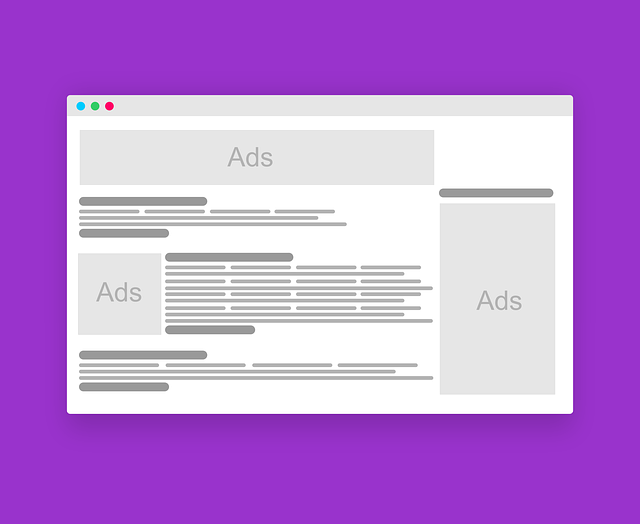
To get the most out of your LinkedIn advertising:
- Set clear objectives for each campaign (e.g., lead generation, brand awareness)
- Create compelling ad copy that speaks directly to your target audience
- Use eye-catching visuals or video content to stand out in the feed
- A/B test different ad variations to see what resonates best with your audience
- Monitor your LinkedIn analytics regularly and adjust your strategy accordingly
When creating ad copy, focus on the benefits to the user rather than just the features of your product or service. Use strong calls to action that clearly tell the user what you want them to do next.
It's also important to ensure that your ad content aligns with your landing pages. If someone clicks on your ad, they should find exactly what they were promised when they arrived on your website.
Remember, successful LinkedIn advertising requires ongoing optimisation. Don't be afraid to experiment with different ad formats and targeting options to find what works best for your business. Regularly review your ad performance and be prepared to adjust your strategy based on the results.
5. Engage and Network Consistently
The final tip in our guide to LinkedIn marketing is perhaps the most important: engage and network consistently. LinkedIn is, at its core, a social platform designed for professional networking. To truly succeed in your LinkedIn marketing efforts, you need to be an active and engaged member of the community.
Here are some ways to boost your engagement on LinkedIn:
- Comment on and share posts from other professionals in your network
- Respond promptly to comments on your own posts
- Send personalised connection requests to relevant professionals
- Congratulate your connections on new jobs or work anniversaries
- Endorse skills and write recommendations for colleagues
- Participate in LinkedIn polls and surveys
- Use LinkedIn Live to host webinars or Q&A sessions
When commenting on others' posts, aim to add value to the conversation. Share your own experiences or insights related to the topic. Ask thoughtful questions that can deepen the discussion. This kind of meaningful engagement is far more likely to lead to valuable connections than simply liking posts.
When sending connection requests, always include a personalised note. Explain why you'd like to connect and how you think you might be able to help each other. For example, you might say something like, "Hi [Name], I really enjoyed your recent article on [topic]. I work in a similar field and would love to connect to share insights and potentially collaborate in the future."
Consistency is key when it comes to engagement. Set aside time each day to interact on LinkedIn, even if it's just for 15-20 minutes. The more active you are, the more visible you'll become to your network and potential clients.
Another powerful networking tool on LinkedIn is the ability to see who's viewed your profile. Use this feature to identify potential leads or partners, and don't be afraid to reach out with a personalised message if you notice someone interesting has been checking out your profile.
LinkedIn Events can also be a great way to network and engage with your audience. Consider hosting virtual events like webinars, Q&A sessions, or panel discussions on topics relevant to your industry. These events can help you showcase your expertise, provide value to your audience, and create opportunities for more personal interactions.
Remember, building a strong network on LinkedIn takes time and effort. Focus on creating genuine connections rather than simply amassing a large number of followers. Quality always trumps quantity when it comes to professional relationships.
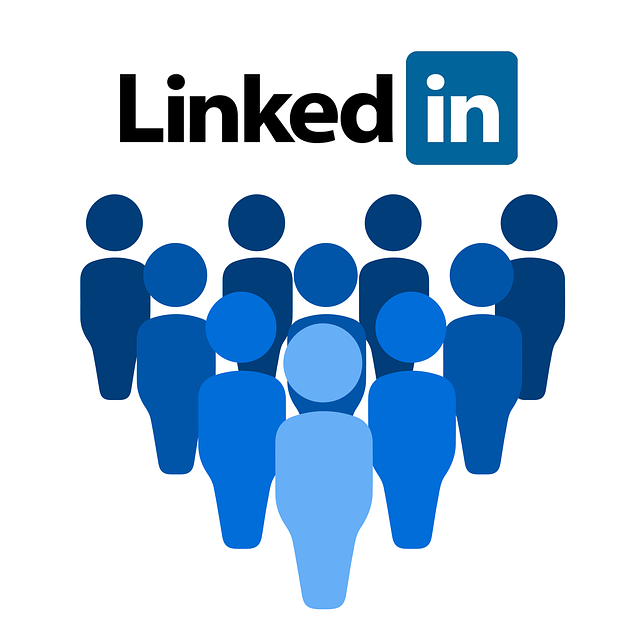
Measuring Your LinkedIn Marketing Success
As with any marketing strategy, it's crucial to regularly assess the success of your LinkedIn marketing efforts. LinkedIn provides robust analytics tools that can help you understand how your content is performing and how well you're engaging your audience.
Some key metrics to track include:
- Post engagement (likes, comments, shares)
- Profile and page views
- Follower growth
- Click-through rates on your content
- Conversion rates for any lead generation efforts
For your personal profile, you can access analytics by clicking on the "Analytics" tab on your profile page. This will show you data on profile views, post views, and search appearances.
For your company page, you can access more detailed analytics by clicking on the "Analytics" tab at the top of your page. Here, you'll find data on visitors, followers, and engagement, as well as the demographics about your audience.
When reviewing your analytics, look for patterns. What types of content seem to resonate most with your audience? What times of day or days of the week see the highest engagement? Use these insights to refine your content strategy and posting schedule.
For your advertising campaigns, pay close attention to metrics like click-through rate (CTR), cost per click (CPC), and conversion rate. These will help you understand the effectiveness of your ads and the return on your investment.
By regularly reviewing these metrics, you can identify what's working well in your LinkedIn strategy and where there might be room for improvement. Don't be afraid to adjust your approach based on these insights – the most successful LinkedIn marketers are those who are willing to adapt and evolve their strategies over time.
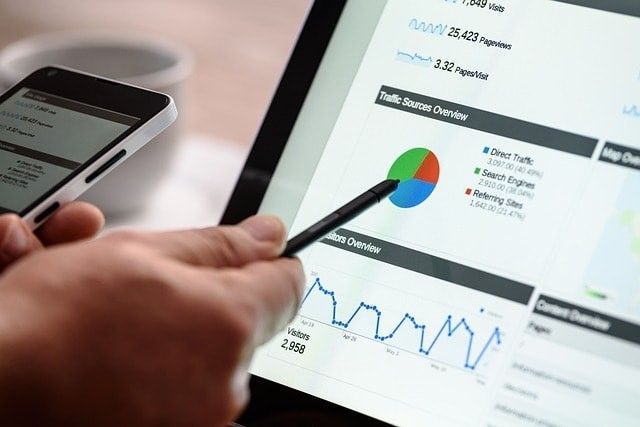
LinkedIn marketing
LinkedIn marketing offers a wealth of opportunities for businesses of all sizes. By implementing these 5 easy tips – optimising your profile and page, creating valuable content, leveraging groups, utilising advertising, and engaging consistently – you'll be well on your way to developing a successful LinkedIn marketing strategy.
Remember, success on LinkedIn doesn't happen overnight. It requires patience, persistence, and a willingness to continually learn and adapt. However, with consistent effort and a focus on providing value to your network, LinkedIn can become a powerful tool for growing your business, generating leads, and establishing yourself as a thought leader in your industry.
As you implement these strategies, keep in mind that LinkedIn is constantly evolving. Stay up-to-date with new features and best practices by following LinkedIn's official blog and other reputable digital marketing resources.
At Social Media Time, we're passionate about helping businesses harness the power of social media platforms like LinkedIn. If you're looking for more personalised guidance on your LinkedIn marketing strategy, don't hesitate to reach out. We're here to help you make the most of your LinkedIn presence and achieve your marketing goals.
Implementing Your LinkedIn Marketing Strategy
Now that we've covered our 5 easy tips for LinkedIn marketing and answered some common questions, let's talk about how to put this all together into a cohesive strategy.
1. Set Clear Goals
Before you start implementing any tactics, it's crucial to define what you want to achieve with your LinkedIn marketing efforts. Are you looking to generate leads? Increase brand awareness? Establish thought leadership? Recruit new talent? Your goals will guide your strategy and help you measure success.

2. Define Your Target Audience
Who are you trying to reach on LinkedIn? Create detailed buyer personas that include information like job titles, industry, company size, and professional challenges. This will help you create content that resonates and target your advertising effectively.

3. Develop a Content Strategy
Based on your goals and target audience, create a content strategy. This should include:
- Types of content you'll create (e.g., blog posts, videos, infographics)
- Topics you'll cover
- Posting frequency
- How you'll repurpose content across different platforms

4. Create a Posting Schedule
Consistency is key on LinkedIn. Create a content calendar that outlines what you'll post and when. Tools like Hootsuite or Buffer can help you schedule posts in advance.

5. Engage Consistently
Set aside time each day for engagement activities like commenting on posts, participating in group discussions, and connecting with new people.
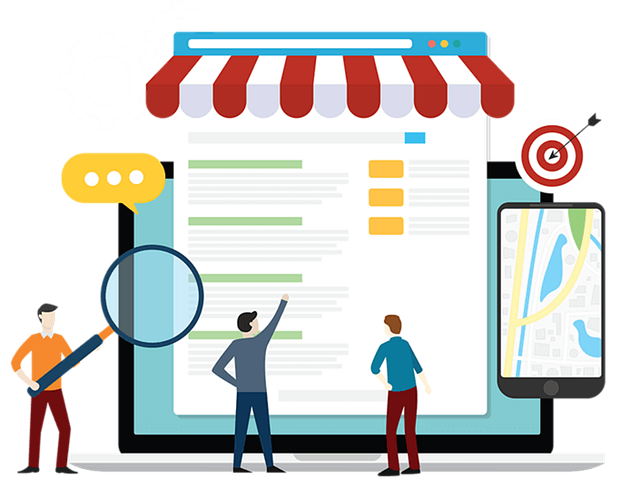
6. Leverage LinkedIn's Features
Make use of all the features LinkedIn offers, including:
- LinkedIn Live for real-time video content
- LinkedIn Stories for more casual, day-to-day updates
- LinkedIn Polls for engaging your audience and gathering insights
- LinkedIn Events for hosting virtual events or webinars

7. Implement and Monitor Advertising
If you decide to use LinkedIn advertising, start small and experiment with different ad formats and targeting options. Monitor your results closely and adjust your strategy based on what's working.

8. Analyze and Adjust
Regularly review your LinkedIn analytics to understand what's working and what's not. Be prepared to adjust your strategy based on these insights.
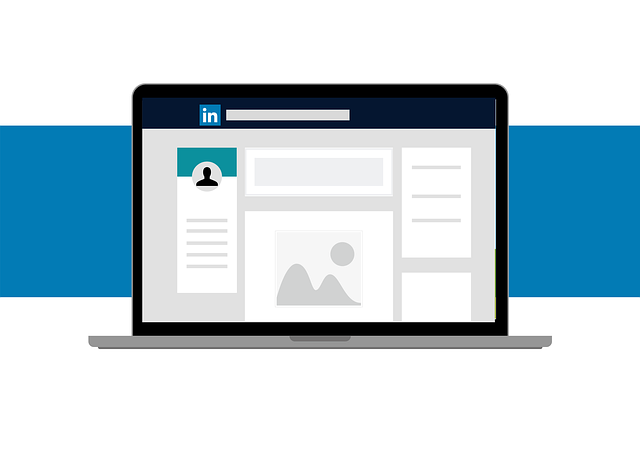
9. Stay Up-to-Date
LinkedIn frequently rolls out new features and updates its algorithm. Stay informed about these changes and be ready to adapt your strategy accordingly.

10. Integrate with Your Overall Marketing Strategy
Remember that your LinkedIn marketing efforts should align with and complement your overall marketing strategy. Ensure there's consistency in messaging and branding across all your marketing channels.

Case Study: Successful LinkedIn Marketing
To illustrate how these strategies can work in practice, let's look at a brief case study.
Company X, a B2B software provider, implemented a comprehensive LinkedIn marketing strategy with the goal of generating more qualified leads. They took the following steps:
1. Optimised their company page with clear, benefit-focused copy and eye-catching visuals.
2. Developed a content strategy focused on addressing common pain points in their industry.
3. Posted a mix of content types, including blog posts, infographics, and short video tips, 3-4 times per week.
4. Created a LinkedIn group for professionals in their industry, which they actively moderated and used to share valuable insights.
5. Ran targeted LinkedIn ad campaigns to promote their gated content, using LinkedIn's detailed targeting options to reach decision-makers in their target industries.
6. Encouraged their employees to share company content and engage with their networks on LinkedIn.
7. Hosted monthly LinkedIn Live sessions featuring Q&As with industry experts.
After six months of consistently implementing this strategy, Company X saw the following results:
- 150% increase in LinkedIn page followers
- 200% increase in engagement rate on their posts
- 500 new members in their LinkedIn group
- 30% increase in website traffic from LinkedIn
- 50 new qualified leads generated directly from LinkedIn
This case study demonstrates how a well-rounded LinkedIn marketing strategy, consistently implemented, can drive significant results.
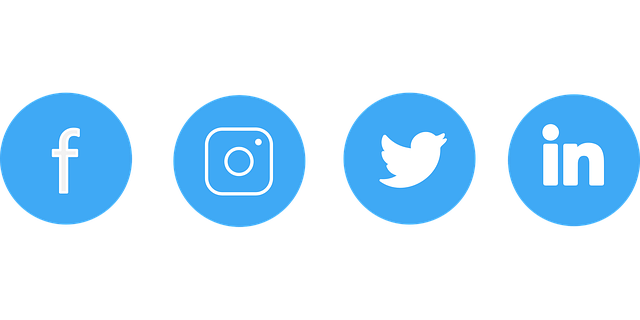
Conclusion
LinkedIn marketing offers immense potential for businesses of all sizes, particularly those in the B2B space. By optimising your profile and company page, creating valuable content, leveraging groups, utilising advertising, and engaging consistently, you can build a powerful presence on the platform.
Remember, success on LinkedIn doesn't happen overnight. It requires patience, persistence, and a willingness to continuously learn and adapt. However, with consistent effort and a focus on providing value to your network, LinkedIn can become a powerful tool for growing your business, generating leads, and establishing yourself as a thought leader in your industry.
At Social Media Time, we're committed to helping businesses navigate the ever-changing landscape of social media marketing. We hope this guide has provided you with valuable insights and actionable strategies for improving your LinkedIn marketing efforts. If you have any more questions about LinkedIn marketing or need help developing a comprehensive social media strategy, don't hesitate to get in touch.
Here's to your success on LinkedIn and beyond.
FAQs
Q: How often should I post on LinkedIn?
A: While there's no one-size-fits-all answer, we generally recommend posting at least 2-3 times per week. Consistency is more important than frequency, so find a posting schedule you can maintain long-term. Some businesses find success posting daily, while others might post less frequently but focus on creating more in-depth content.
Q: Is it worth creating a LinkedIn group for my business?
A: Yes, creating your own LinkedIn group can be an excellent way to build a community around your brand and establish thought leadership. However, consistent management and moderation are required to be successful. Before starting a group, make sure you have a clear purpose and the resources to manage it effectively.
Q: How can I improve my organic reach on LinkedIn?
A: To improve organic reach, focus on creating high-quality, engaging content that encourages likes, comments, and shares. Engage with others' content regularly, use relevant hashtags, and post at times when your audience is most active. The LinkedIn algorithm tends to favour content that generates quick engagement, so consider asking questions or encouraging responses in your posts.
Q: Should I focus more on my personal profile or my company page for LinkedIn marketing?
A: Both are important! Your personal profile allows for more direct networking and relationship-building, while your company page is crucial for brand awareness and showcasing your business. Ideally, you should be actively maintaining both. Your personal profile can be great for sharing thought leadership content and building individual relationships, while your company page is ideal for sharing company news, product information, and job openings.
Q: How can I generate leads through LinkedIn?
A: Lead generation on LinkedIn can be achieved through a combination of sharing valuable content, engaging with your network, participating in groups, and using LinkedIn's advertising tools. Consider creating gated content or hosting webinars to capture leads directly. LinkedIn's lead gen forms, which can be used with Sponsored Content or Message Ads, can also be very effective for lead generation.
Q: Is LinkedIn advertising worth the investment?
A: For many businesses, especially those in the B2B space, LinkedIn advertising can be highly effective due to its precise targeting options. However, it's important to have a clear strategy and to monitor your ROI closely. Start with a small budget and experiment with different ad formats and targeting options to see what works best for your business.
Q: How can I measure the success of my LinkedIn marketing efforts?
A: LinkedIn provides detailed analytics for both personal profiles and company pages. Key metrics to track include engagement rates, follower growth, website clicks, and lead generation. For advertising campaigns, you'll also want to monitor metrics like click-through rates and conversion rates. It's important to set clear goals for your LinkedIn marketing efforts and then choose the metrics that best align with those goals.
Q: How can I use LinkedIn for B2B marketing?
A: LinkedIn is particularly powerful for B2B marketing. Some effective strategies include sharing industry-specific content, participating in relevant groups, using LinkedIn's targeting options for advertising, and leveraging LinkedIn Sales Navigator for prospecting. Building personal relationships through your individual profile can also be very effective in B2B contexts.
Q: What's the best way to use hashtags on LinkedIn?
A: Use a mix of popular and niche hashtags relevant to your content. Include 3-5 hashtags per post, placing them either at the end of your post or naturally within the text. You can also follow hashtags to stay up-to-date with conversations in your industry.
Q: How can I use LinkedIn for recruitment?
A: LinkedIn is an excellent platform for recruitment. Post job openings on your company page, use LinkedIn's job posting feature, share employee testimonials, and showcase your company culture through your content. LinkedIn's recruiting tools, like LinkedIn Recruiter, can also be very effective for finding and reaching out to potential candidates.
Q: Is it worth paying for a LinkedIn Premium account?
A: LinkedIn Premium can be worth it, depending on your goals. It offers features like InMail messages, advanced search filters, and insights into who's viewed your profile. If you're actively job hunting, recruiting, or doing sales outreach, these features can be very valuable.
Q: How can I use LinkedIn for content marketing?
A: LinkedIn is great for content marketing. Share blog posts, articles, infographics, and videos. Use LinkedIn's native article publishing platform for longer-form content. Remember to tailor your content to LinkedIn's professional audience and encourage engagement through questions and calls-to-action.
Q: How important are recommendations on LinkedIn?
A: Recommendations can be very important as they provide social proof of your skills and work ethic. They're especially valuable if you're job hunting or trying to attract clients. Don't be afraid to ask satisfied clients or colleagues for recommendations.
Q: How can I use LinkedIn Live?
A: LinkedIn Live allows you to broadcast real-time video to your network. It can be great for hosting Q&A sessions, sharing live events, or giving behind-the-scenes looks at your business. Remember to promote your LinkedIn Live events in advance to maximise attendance.
